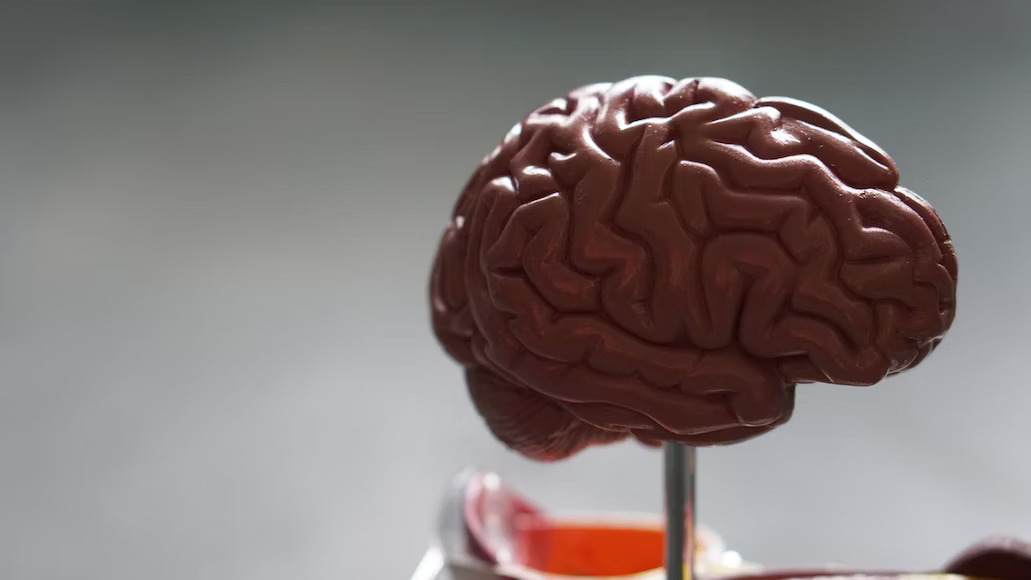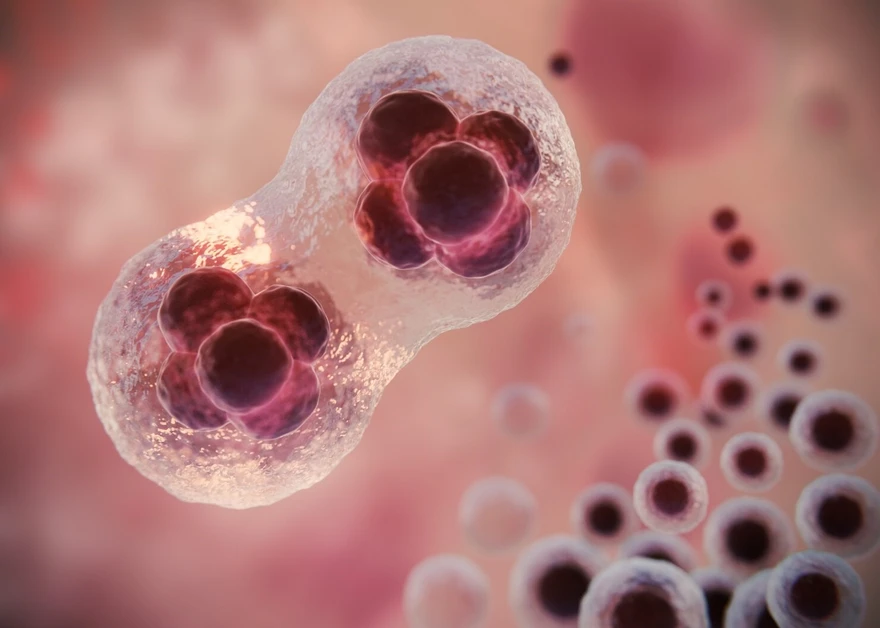Preventive Healthcare
Understanding Parkinson's Disease: Causes, Types, Treatment & More
1792 Views
0

Are you or someone you know living with Parkinson's disease? This neurodegenerative disorder affects millions of people worldwide. It can be overwhelming to navigate. But fear not! We've got everything you need to know about Parkinson's disease – from symptoms, diagnosis, treatment options, and even some tips for managing daily life. Join us as we explore the ins and outs of this complex condition and discover how it can be managed with proper care and attention. Let's dive in!
What is Parkinson's Disease?
Parkinson's disease is a brain disorder. It progresses slowly over time. It is characterised by tremors, or shaking, of the hands and arms; rigidity, or stiffness, of the limbs and trunk; bradykinesia, or slowness of movement; and postural instability, or impaired balance and coordination. As the disease progresses, patients may also experience depression, anxiety, insomnia, and difficulty swallowing. There is no cure for Parkinson's disease. But treatments are available to help manage symptoms.
Different Types of Parkinson's Disease
There are four main types of Parkinson’s disease, each with different symptoms and causes.
1. Idiopathic Parkinson’s disease is the most common type. It accounts for around 80% of all cases. The cause is unknown. But it’s thought to be a combination of genetic and environmental factors.
2. Familial Parkinson’s disease is a rarer form. It runs in families. Around 10% of people with Parkinson’s have a family member with the condition.
3. Secondary Parkinson’s disease is caused by another condition or exposure to certain toxins. It makes up around 5% of all cases.
4. Dementia with a Lewy body is the most severe form of Parkinson’s. It also causes dementia (memory loss and confusion).
Symptoms of Parkinson's Disease
While there are many different symptoms of Parkinson's disease, some of the most common include:
- Tremors or shaking, especially in the hands and arms
- Slow movement
- Rigidity or stiffness in the limbs and trunk
- Impaired balance and coordination
- Loss of automatic movements, such as blinking or smiling
- Speech changes, including a soft voice or monotone speech pattern
Causes of Parkinson's Disease
There is still much unknown about what causes Parkinson’s disease. But there are some possible causes that researchers have identified.
- One theory is that it may be caused by a combination of genetic and environmental factors.
- Another possibility is that it’s caused by damage to the nervous system. This could be the result of a virus or toxin.
- It’s also been linked to head injuries and certain medications. Whatever the cause, it appears that Parkinson’s disease involves the malfunctioning of certain brain cells. This leads to problems with movement and balance.
Diagnosis of Parkinson's Disease
There is no single test to diagnose Parkinson's disease. Instead, doctors usually make a diagnosis based on a person's medical history, physical exam, and laboratory tests.
The doctor will likely ask questions about the symptoms and how long they have been present. During the physical exam, the doctor will look for signs of tremors or other movement issues. A neurological exam may also be done to assess reflexes, coordination, and balance.
In some cases, imaging tests such as an MRI or CT scan may be done to rule out other conditions with similar symptoms. Blood tests can also help rule out other conditions that can cause similar symptoms.
Treatment for Parkinson's Disease
There is no one-size-fits-all treatment for Parkinson's disease. This is because the condition affects each person differently. However, there are several treatments available. They can help to improve the quality of life for those with the condition.
The most common treatment is medication. It can help to control the symptoms of Parkinson's disease. Other treatments include surgery, deep brain stimulation (DBS), and lifestyle changes.
Medication: Medication is the most common treatment for Parkinson's disease. There are several different medications available. The medication that is prescribed will depend on the individual's symptoms. The most common medications used to treat Parkinson's disease are levodopa and carbidopa (Sinemet), dopamine agonists, MAO inhibitors, and anticholinergics.
Surgery: Surgery may be an option for some people with Parkinson's disease who do not respond well to medication or who have very severe symptoms. The two types of surgery used to treat Parkinson's disease are deep brain stimulation (DBS) and thalamotomy.
Deep Brain Stimulation (DBS): DBS involves implanting a small device in the brain. It sends electrical impulses to specific areas of the brain that are involved in the movement. DBS can help reduce tremors and improve movement in people with Parkinson's disease.
Thalamotomy: Thalamotomy is a surgical procedure. It involves destroying a small part of the thalamus. It is a part of the brain involved in movement. The goal of thalamotomy is to reduce or eliminate tremors caused by Parkinson's disease.
Lifestyle Changes: Making healthy lifestyle changes can help to improve the quality of life for people with Parkinson's disease. This includes eating a balanced diet, getting regular exercise, and participating in activities that are enjoyable and stimulating.
Living with Parkinson's Disease
Parkinson's disease is a progressive neurological disorder. It affects the nervous system. The disease typically starts with a tremor in one hand. But it can progress to include other symptoms such as rigidity, slowness of movement and impaired balance.
There is no cure for Parkinson's disease. But some treatments can help to manage the symptoms. These include medication, physiotherapy and surgery. There is also a lot that can be done to support people living with the condition, and their carers.
If you have Parkinson's disease or are close to someone who does, it is important to be informed about the condition and how it may progress. This will help you to make decisions about treatment and care and plan for the future.
Conclusion
Understanding Parkinson's disease can be overwhelming. But with the right knowledge and resources you can face it head-on. We hope that this article provides a comprehensive overview of all the necessary information about Parkinson's disease and how to manage it. Remember, you don't have to go through this alone - many people are here to help and support you every step of the way.
With education, understanding, and love we will find ways to combat this disease together! You can also rely on us at Metropolis Healthcare for all your diagnostic needs. As part of treatment for Parkinson's Disease, your doctor might order MRI, CT scan, or blood tests. Click here to find the nearest Metropolis Healthcare lab near you. You can also book a home visit with a few clicks!













1701259759.webp)









 WhatsApp
WhatsApp